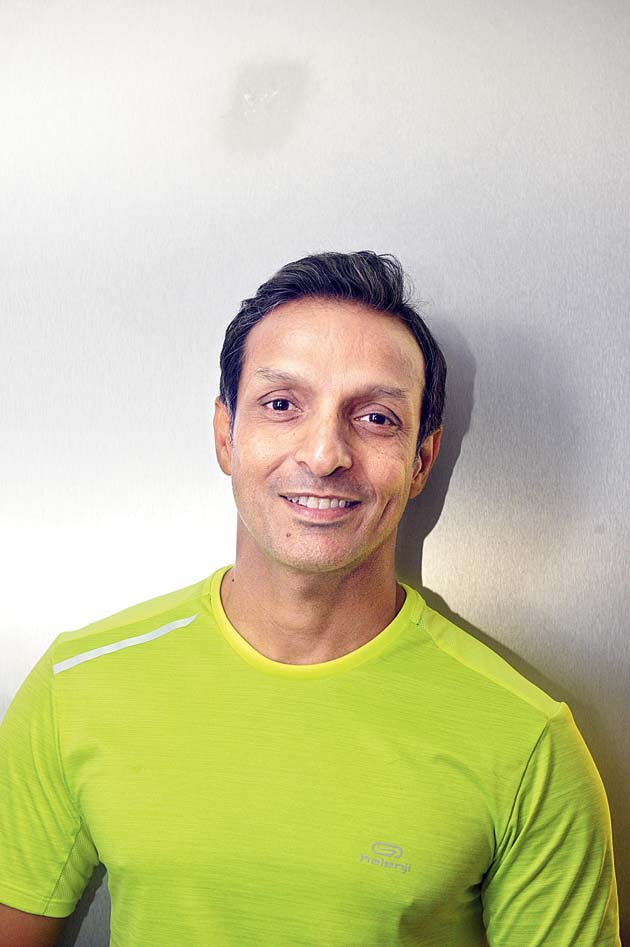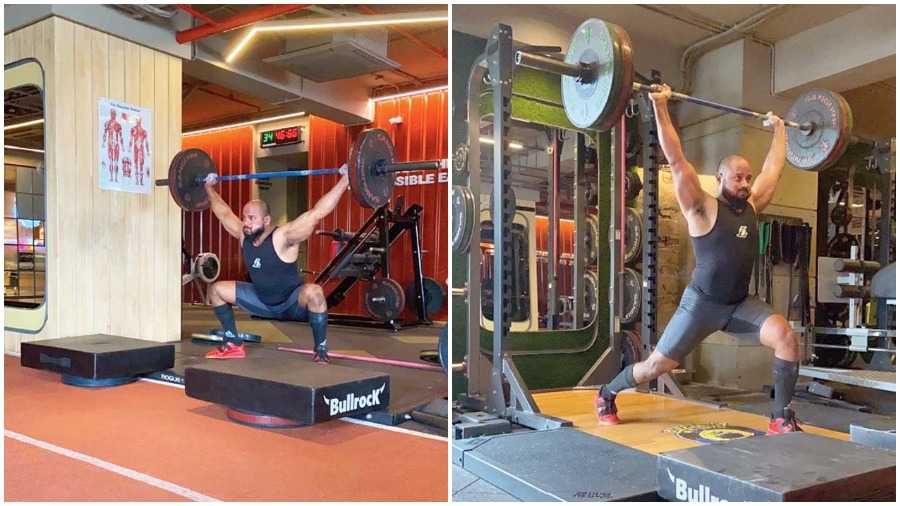Most Indian hearts filled up with pride when they watched Mirabai Chanu win bronze in weightlifting at the recently concluded Tokyo Olympics. Many however, may not be aware that the practice of Olympic-style weightlifting is widely used in the world of sports, rehabilitation, and strength and conditioning as a tool to improve performance. Having said that, many myths, misgivings, ambiguities and doubts exist that cloud the aura around this fascinating practice. The objective of today’s column is to address the issues associated with Olympic lifting (OL) and to put it in correct perspective. The snatch followed by the clean and jerk are two lifts that are competed for at the Olympics.
Is Olympic weightlifting for everyone?
Realistically speaking, lifts are not for everyone. Bodies that have spent the better part of the day hunched over a laptop or working desk are not conducive to learning Olympic weightlifting. But fret not! With good mobility and corrective exercise drills, almost any physical body can be restored back to its original range of motions. Once anatomical imbalances and dysfunctions have been corrected, and a basic strength base established, one can safely learn Olympic lifting. And it need not necessarily begin with Olympic-size heavy bars. A wooden dowel stick is ideal for teaching basic lifting drills.
Does it improve sport performance?
When I introduced Olympic lifting with the national and state cricketers in 2005, it was greeted with mixed reaction. Fifteen years down the line, I’m happy to have been proved right. Almost every athlete worth his salt today is educated and aware of the benefits of OL and many practise it with great skill and dexterity.
While there is no conclusive research study establishing without ambiguity that Olympic weightlifting improves all aspects of athletic performance, several scholarly studies and peer-reviewed articles have driven home the benefits of Olympic lifting S&C programme on various performance parameters, like jumping, sprinting and explosive speed/ agility/ quickness.
The Olympic lifts necessitate an athlete to increase ground reaction force (remember Newton’s First Law?) via quick and coordinated “triple extension” of the ankle, knee and hip, mirroring what happens in sprinting and jumping, the core components of most sports. Other than practising the sport itself, Olympic lifts have the next highest carryover to directly improve sport performance where strength, power and speed are essential.
Is it possible to get ripped Olympic lifting?
If lifters had the diet of bodybuilders they would look just as ripped and buff but low body fat and “look-good” muscles are not a priority for lifters. Recreational and lifestyle fitness enthusiasts can expect to both build muscles as well as lose fat with Olympic lifting.
Performing a snatch or a clean and jerk is a full-body, fun, intense exercise working your legs, glutes, back, abs, shoulders and arms, all at the same time. You burn a lot of calories during your workouts in a short amount of time. Olympic lifts are a great way to decrease body fat, build muscle, increase strength and maximise your time strength training.
Will it improve my running speed?
Olympic weight lifting generates some of the highest power outputs. Power, the product of strength and speed, is the key ingredient to helping people run faster and jump higher. Incorporating Olympic lifts into workouts is the most effective way to build power and speed.
Will it protect against sports injuries?
Olympic lifts are full-body movements that drive shoulders, hips, knees and ankles through a full range of movement (ROM). Controlling a load throughout the ROM of all these joints is key to preparing the body for high forces encountered in sport and in some activities of daily living. Learning to hold a force at precarious angles enhances both stability and mobility in the joints. A major predictor of future injury is having endured a prior injury, so utilising the Olympic lifts in training and improving flexibility, strength, and stability, can greatly reduce susceptibility to injury.
Is it good for bone density?
It may not be a good idea to introduce Olympic lifting to women already suffering from osteoporosis or osteopenia. However, it is extremely beneficial to introduce young girls early in their lives to OL. It acts as a protection against future bone fractures. Olympic lifts produce large forces on the legs, spine, and arms, precisely what is needed to stimulate the body to lay down new bone and improve bone density.
According to Soumen Sarkar, who has trained with Dmitry Klokov (silver medalist at the 2008 Olympics and 2011 World Weightlifting Championships) and teaches weightlifting at Endorphins, Corrective Exercise Studio, “In sport and life, people rarely need strength when stationery. Olympic lifting forces people to develop strength and stability around major joints at a fast speed of movement, which have a carryover effect into activities of daily life and sport. It teaches the body to be stable at high speeds.”
Fears associated with Olympic weightlifting
I do not use Olympic-style weightlifting with anyone unless I am sure of a long learning curve. The benefits of Olympic lifting only accrue after consistent and diligent practice over a substantially long period of time. While the results may be incrementally higher than other power/strength exercises, the squat or the bench press, they need very long learning curves. I find that a bit challenging as a teacher because sports has become a round-the-year event and off-seasons barely exist.
It is not easy to put recreational and lifestyle clients under an OL programme due to poor adherence. Indifferent and patchy adherence will definitely lead to injuries among members of the general population.
Children and Olympic lifting
Lifting techniques are best assimilated and absorbed between ages 10 to 15. Children have high cognitive ability as well as largely cartilaginous body composition to adapt to the demands of lifting. If trained by a skilled coach, Olympic lifting helps to build tendon strength, enhance joint integrity and stability and is very beneficial in stimulating growth spurts in children. Research on juvenile athletic population has indicated that children who participate in organised lifting programmes under an experienced coach have lower vulnerability to injuries later on in their sporting life.

Compiled by the columnist

Ranadeep Moitra is a strength and conditioning specialist and corrective exercise coach
